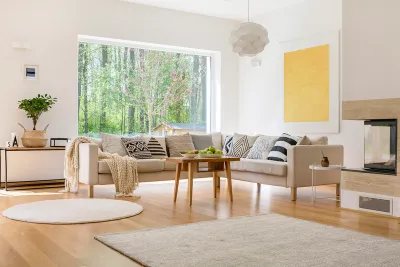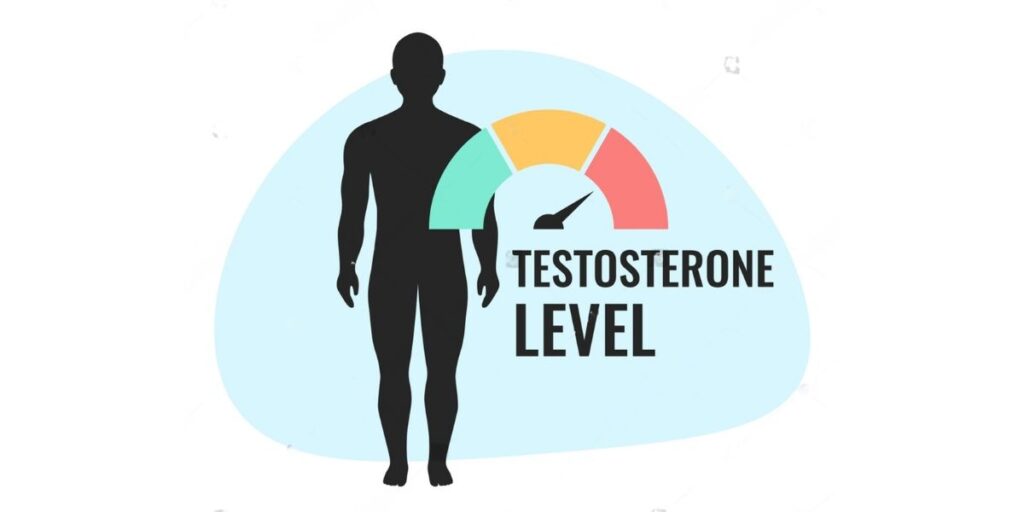Easy Rug Cleaning Services: Restore Your Rugs Now!
Rugs are a beautiful addition to any home, adding warmth and personality to a room. However, they can also be a magnet for dirt, stains, and odors, especially in high-traffic areas. Regular cleaning and maintenance are essential to keep your rugs looking their best.
Professional rug cleaning services can help restore your rugs to their original beauty. With specialized equipment and expertise, these services can remove tough stains, eliminate odors, and prolong the life of your rugs. In this article, we will explore the benefits of hiring a professional rug cleaning service and provide tips on how to choose the right one for your needs.
The Benefits of Professional Rug Cleaning Services
Professional rug cleaning services offer numerous benefits that go beyond what regular vacuuming or DIY cleaning can achieve. These experts have the knowledge and tools to deep clean your rugs effectively, removing embedded dirt, allergens, and bacteria. Moreover, they can tackle tough stains without damaging the fibers of your rugs. Regular professional cleaning not only improves the appearance of your rugs but also contributes to a healthier indoor environment for you and your family.
When it comes to choosing a professional rug cleaning service, it is essential to look for a company that has experience, expertise, and a proven track record of customer satisfaction. WA expert rug cleaning services check all these boxes and more. With their state-of-the-art equipment and skilled technicians, they can handle any rug cleaning job with precision and care. By entrusting your rugs to professionals, you can ensure that they receive the specialized treatment they need to look their best for years to come.








